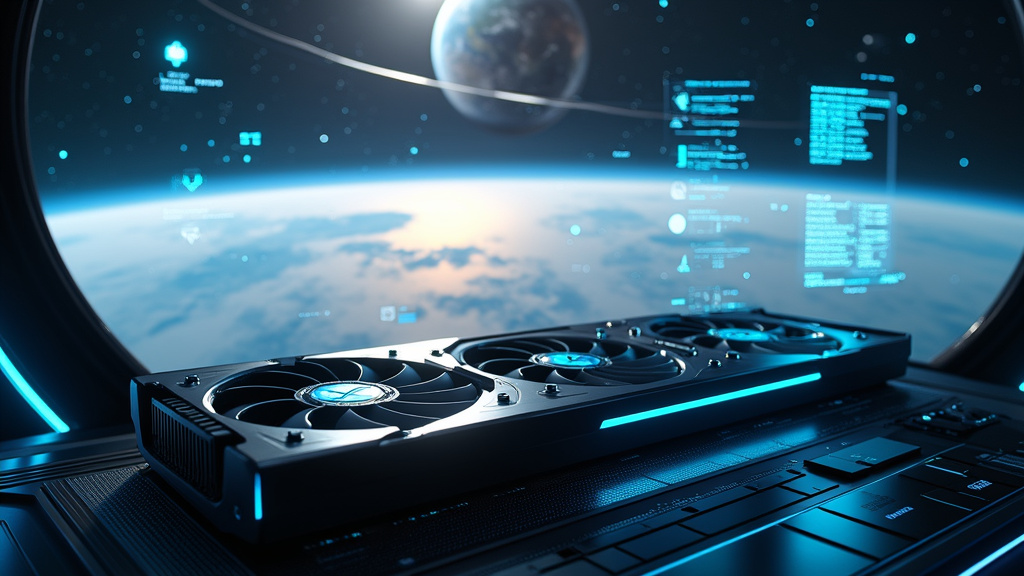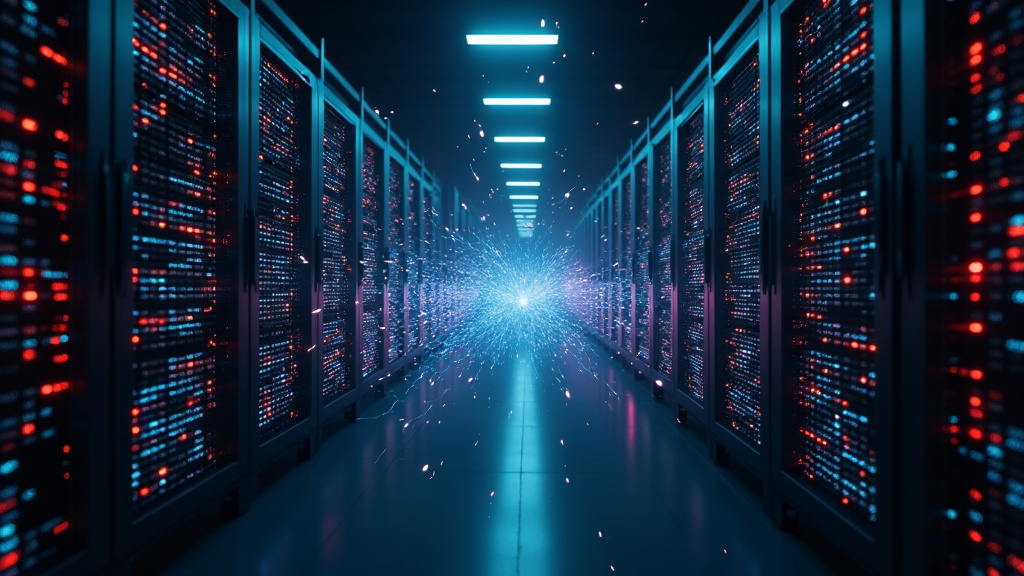The technology world is buzzing today, October 16, 2025, with a flurry of significant announcements across artificial intelligence, hardware, and infrastructure. From enhanced AI video generation to groundbreaking advancements in chip design and the ambitious expansion of data centers into orbit, the pace of innovation is accelerating at an unprecedented rate. This day has truly put a spotlight on the cutting edge of what’s possible in AI and computing.
Google DeepMind Elevates AI Video Creation with Veo 3.1
Google DeepMind has unveiled Veo 3.1, the latest iteration of its advanced generative video model, alongside significant upgrades to its AI filmmaking tool, Flow. This new version introduces richer, more realistic audio capabilities, alongside improved realism and a suite of advanced editing features designed to give creators unparalleled control. Veo 3.1 now boasts features like “Ingredients to Video,” allowing users to guide generation with multiple reference images for character and style consistency, and “Frames to Video,” which enables seamless transitions by specifying the first and last frames. The “Extend” feature allows for longer video clips, and new editing tools such as “Insert” are set to transform how videos are produced. With over 275 million videos already generated by Flow, Veo 3.1 aims to further solidify Google’s position in the competitive AI video generation market, directly challenging recent advancements from rivals.
Meta Expands AI Infrastructure with Gigawatt-Scale Texas Data Center
In a major investment in AI infrastructure, Meta has broken ground on a new AI-optimized data center in El Paso, Texas. The facility is designed to scale to a massive 1 gigawatt (GW) capacity, representing a pivotal step in Meta’s pursuit of artificial general intelligence. The initial phase alone represents an investment of over $1.5 billion and is expected to create approximately 1,800 construction jobs at its peak, alongside around 100 operational roles. Emphasizing sustainability, the data center will be powered by 100% clean and renewable energy and is targeted to achieve LEED Gold certification. Innovative water conservation measures include a closed-loop liquid-cooling system designed for minimal water usage, with plans to restore 200% of the water consumed to local watersheds. The flexible architecture is built to accommodate both current and future generations of AI hardware, underscoring Meta’s long-term AI ambitions.
Starcloud Eyes Space for AI Data Centers
Pushing the boundaries of computing, NVIDIA-backed startup Starcloud is advancing its mission to build AI-powered data centers in space. The company plans to launch its Starcloud-1 satellite in November, carrying the first data center-class NVIDIA H100 GPU into orbit. This initiative aims to address the escalating energy and cooling demands of AI by leveraging the unique conditions of space. Starcloud projects a tenfold reduction in energy costs and significant carbon dioxide savings compared to terrestrial data centers, utilizing abundant solar energy and the vacuum of space for passive cooling, eliminating water usage for cooling. The vision is to establish large-scale orbital data centers capable of processing data in real-time for applications like Earth observation and distress signal response, potentially reshaping the future of computing infrastructure.
Anthropic Delivers Speed and Savings with Claude Haiku 4.5
Anthropic has launched Claude Haiku 4.5, positioning it as the smallest, fastest, and most cost-effective model in its AI family. This new model reportedly delivers performance on par with its more powerful sibling, Claude Sonnet 4, at one-third the cost and more than twice the speed. With benchmark scores rivaling industry leaders like GPT-5 and Gemini 2.5 in specific tasks, Haiku 4.5 is designed for production AI deployments where latency and cost are critical. Its efficiency makes it an ideal candidate for applications such as real-time chatbots, customer service agents, and complex multi-agent systems. The model is now available across Anthropic’s free plans and through various developer platforms.
Apple’s M5 Chip Boosts On-Device AI Performance
Apple has introduced its next-generation M5 chip, integrated into the latest MacBook Pro, iPad Pro, and Vision Pro devices. Built on third-generation 3-nanometer technology, the M5 chip features a significantly enhanced 10-core GPU architecture with a Neural Accelerator in each core, delivering over four times the peak GPU compute performance for AI workloads compared to the M4. Coupled with a faster 16-core Neural Engine and increased unified memory bandwidth, the M5 chip is poised to accelerate on-device AI tasks, including running large language models locally and improving the performance of Apple Intelligence features.
Trending AI Tools Spotlight
Beyond these major corporate announcements, the landscape of trending AI tools continues to expand. This week, Originality AI is in the spotlight for its content quality and AI detection capabilities. AI Dungeon offers immersive, interactive storytelling, while PixVerse transforms text and images into animated videos. For those looking to refine AI-generated text, Grubby AI serves as a “humanizer” tool, and Joyland provides platforms for engaging AI character interactions.
Conclusion
October 16, 2025, is shaping up to be a landmark day in technology. The simultaneous advancements in AI model capabilities, hardware designed for AI, and the infrastructure supporting it—including ambitious projects reaching for space—underscore the rapid and transformative power of artificial intelligence. These developments are not just incremental updates but foundational shifts that promise to redefine industries and user experiences in the near future.





